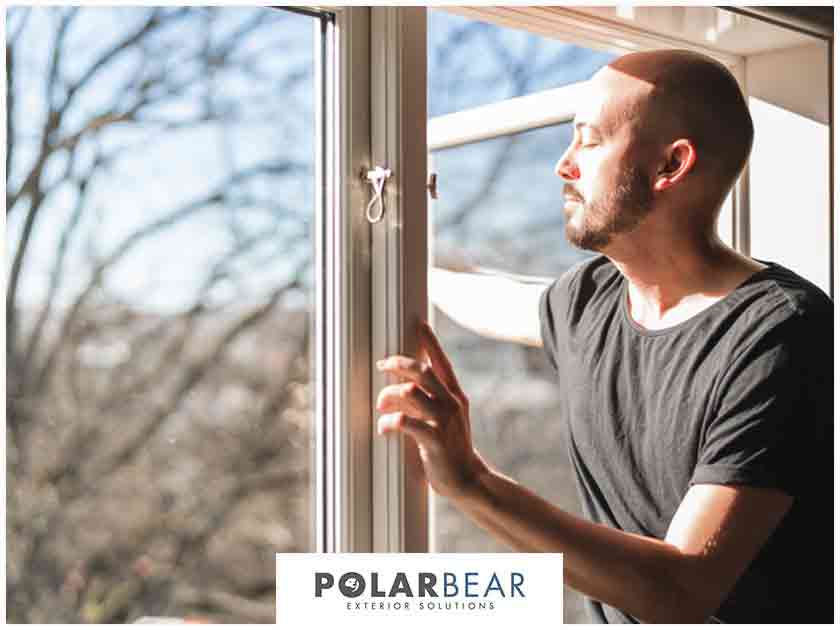Passive ventilation, also called natural ventilation, makes use of natural forces to circulate air to and from an indoor space. It utilizes doors, windows, vents and other openings to bring fresh air into your home without the use of mechanical systems. It’s a strategy window and siding contractors often use to help you reduce your home’s carbon footprint and improve your indoor air quality. If your home is designed for passive ventilation, all you need to do is open or close a window as needed to improve the air you breathe. Here are the basics that you need to know.

Your passive ventilation strategy will largely depend on the climate that you live in. As a general rule, the area of windows that can be opened should be at least five percent of your room’s floor area, plus a little more for high-moisture rooms such as bathrooms and kitchens.
Polar Bear Windows can be used to draw the breeze into your home. For instance, you can install a window that is hinged from the side to catch a slight breeze and draw it into your house. If your home has more than one story, windows and other openings should be opened in the higher levels to let warm air escape. This is a good way to ventilate your home during the hot summer months.
In order for passive ventilation to be effective, we recommend that you ventilate your house for at least 15 minutes each day. If security is an issue, you can install fly screens and security stays so that your windows can be left open at night or when you are away.
Polar Bear is a top window, siding and awning contractor serving residents in Seattle since 2011. To schedule a free consultation, please give us a call at (425) 290-5579. Alternatively, you may fill out our contact form to request a free quote today.

